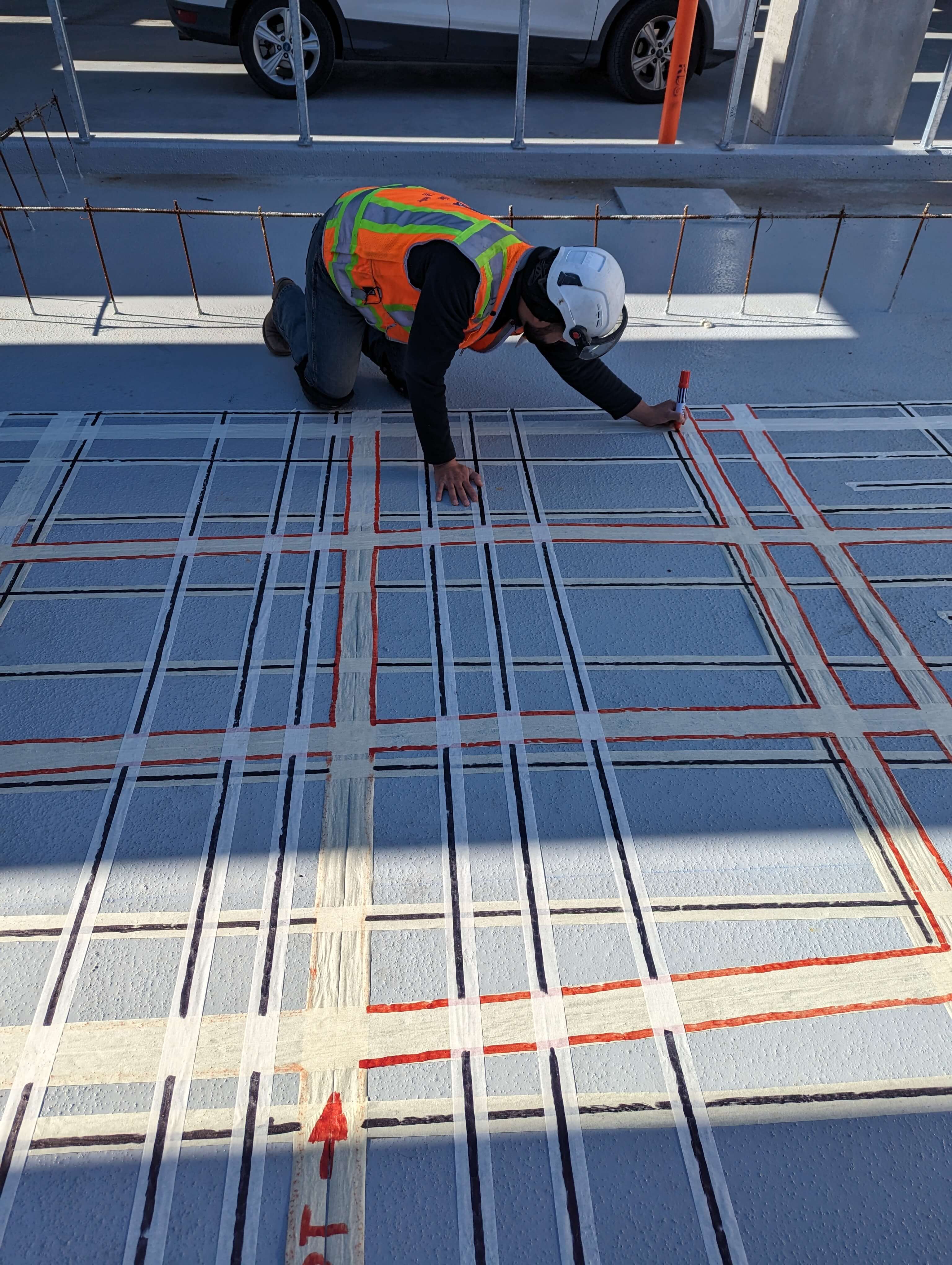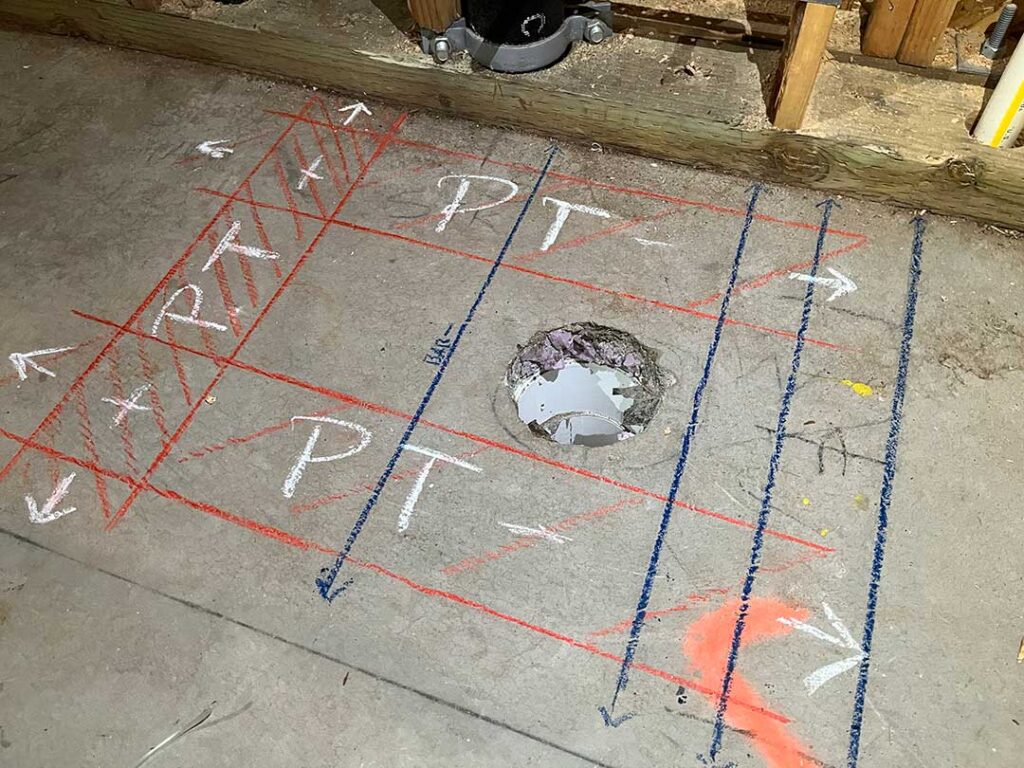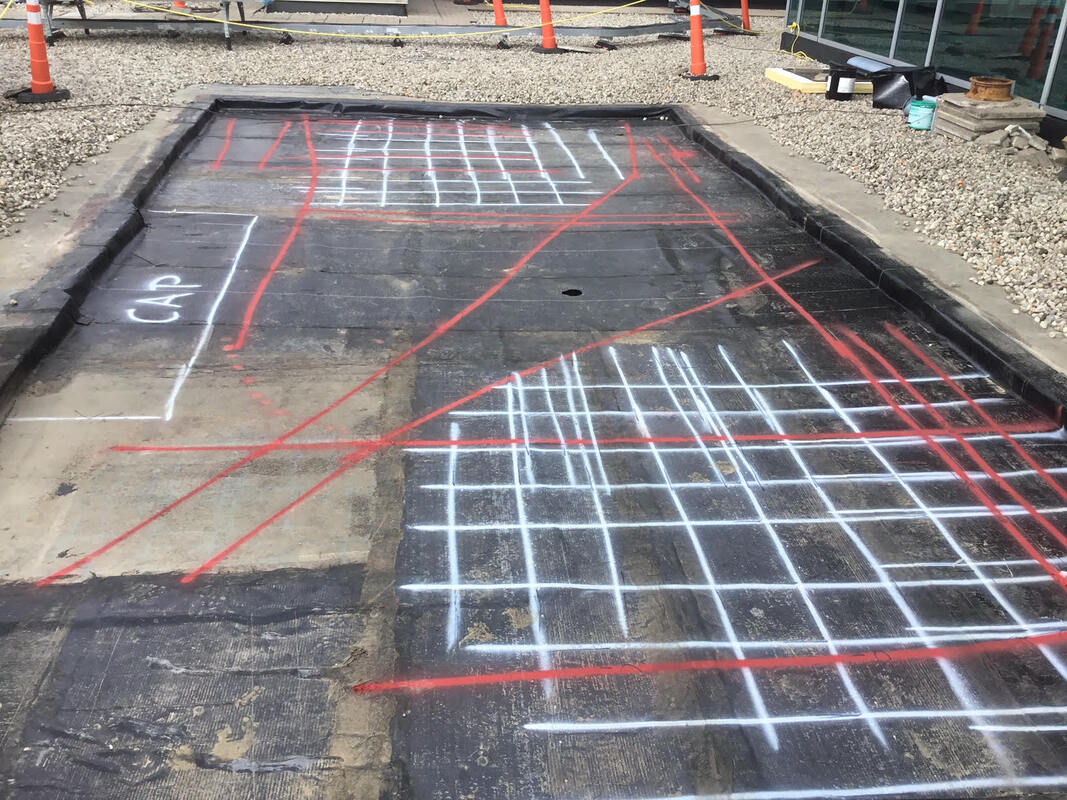Thorough Insights into Concrete Scanning Procedures
Thorough Insights into Concrete Scanning Procedures
Blog Article
Unveil the Transformative Power of Concrete Scanning in Making Best Use Of Performance and Safety
Concrete scanning has actually arised as an essential tool in the construction sector, using exceptional advantages in boosting job performance and making sure security requirements. The transformative power of concrete scanning exists in its capability to give real-time data and thorough insights, changing just how tasks are intended and performed.
Significance of Concrete Scanning
Guaranteeing the structural honesty and safety of building and construction jobs begins with the critical step of performing extensive concrete scanning. Concrete scanning is a non-destructive method utilized to spot and map subsurface components within concrete structures.
Additionally, concrete scanning assists in maximizing project timelines and spending plan by preventing unanticipated expenses and delays that might develop due to unpredicted blockages within the concrete. Ultimately, investing in complete concrete scanning is an aggressive strategy that boosts both efficiency and security in building projects.
Exactly How Concrete Scanning Works
Concrete scanning operates as a critical device in construction projects by utilizing advanced modern technologies to find and map subsurface components without causing structural damage. Ground Passing Through Radar (GPR) and Electromagnetic Induction (EMI) are 2 primary approaches used in concrete scanning. GPR jobs by giving off high-frequency radar pulses into the surface area, which recuperate when they run into subsurface items or voids. The moment taken for the signal to return suggests the depth and area of the things. EMI, on the various other hand, utilizes magnetic fields to recognize variations in material make-ups, such as recognizing rebar or channels within concrete structures.
Throughout the scanning procedure, the data collected is assessed in real-time, permitting instant recognition of prospective dangers or challenges under the surface. By using these advanced innovations, concrete scanning substantially minimizes the threat of expensive problems and injuries on building and construction sites.
Benefits of Concrete Scanning
Making use of advanced scanning innovations in building jobs uses a plethora of advantages, boosting both performance and security on-site. One of the key advantages of concrete scanning is the ability to discover and find embedded things such as rebar, post-tension wires, and avenues accurately. By recognizing these elements before exploration or cutting right into concrete structures, the danger of accidental strikes is dramatically lowered, protecting against possible injuries to employees and damage to the structure itself. In addition, concrete scanning aids in preparation and creating better, as it provides exact information concerning the place and depth of structural elements.

Study: Concrete Scanning Success

In an additional case, a building and construction business utilized 3D concrete scanning to examine the problem of aging concrete structures in a historic building. The comprehensive scans offered beneficial insights right into the degree of wear and tear and assisted focus on upkeep efforts successfully. By proactively resolving areas of problem determined via scanning, the company was able to extend the life-span of the framework and guarantee resident security.
These study highlight the transformative power of concrete scanning in boosting effectiveness, accuracy, and security in building jobs.
Executing Concrete Scanning in Projects
Implementing sophisticated scanning innovations during construction jobs has ended up being increasingly important for boosting accuracy and safety. By integrating concrete scanning into task planning and execution, building groups can determine potential hazards, such as rebar or post-tension wires, concealed within concrete structures. This positive approach minimizes the risk of accidents, hold-ups, and pricey rework, eventually leading to a lot more effective project timelines and budget plans.
To carry out concrete scanning successfully, job managers should collaborate closely with seasoned scanning specialists to determine one of the most appropriate scanning strategies for the specific task requirements. Engaging scanning specialists from the early stages of important link a project allows the team to create detailed scanning strategies that attend to crucial areas of problem and ensure complete data collection.
Moreover, including concrete scanning into routine task process can streamline decision-making procedures, as real-time scan data gives prompt understandings right into the problem of concrete structures - Concrete Scanning. This data-driven approach facilitates notified problem-solving and makes it possible for teams to make adjustments immediately, promoting a culture of effectiveness and safety throughout the task lifecycle

Verdict
To conclude, concrete scanning plays a crucial role in improving effectiveness and safety in building tasks. By utilizing sophisticated technology to map and detect out underlying structures within concrete, this procedure aids to stop expensive blunders, make sure architectural stability, and decrease risks on site. With the capability to uncover surprise components and offer exact information, concrete scanning verifies to be an important tool for maximizing project end results and taking full advantage of general success.
Concrete scanning is a non-destructive approach continue reading this utilized to spot and map subsurface aspects within concrete structures. In addition, concrete scanning aids in maximizing project timelines and budget plan by avoiding unexpected costs and delays that might develop due to unexpected blockages within the concrete. One remarkable situation research entails a large-scale improvement task where concrete scanning played an important duty in ensuring project success.In another case, a construction business used 3D concrete scanning to assess the problem of aging concrete structures in a click to investigate historic structure. By incorporating concrete scanning right into project planning and execution, building groups can determine prospective hazards, such as rebar or post-tension cords, concealed within concrete structures.
Report this page